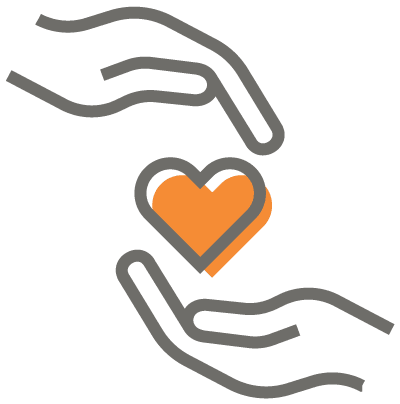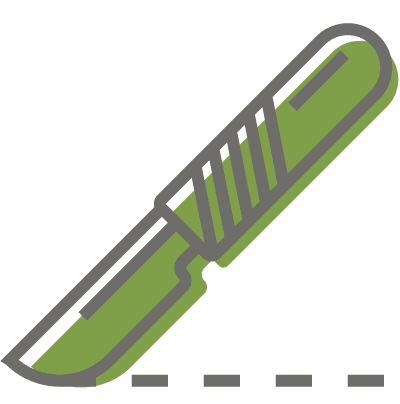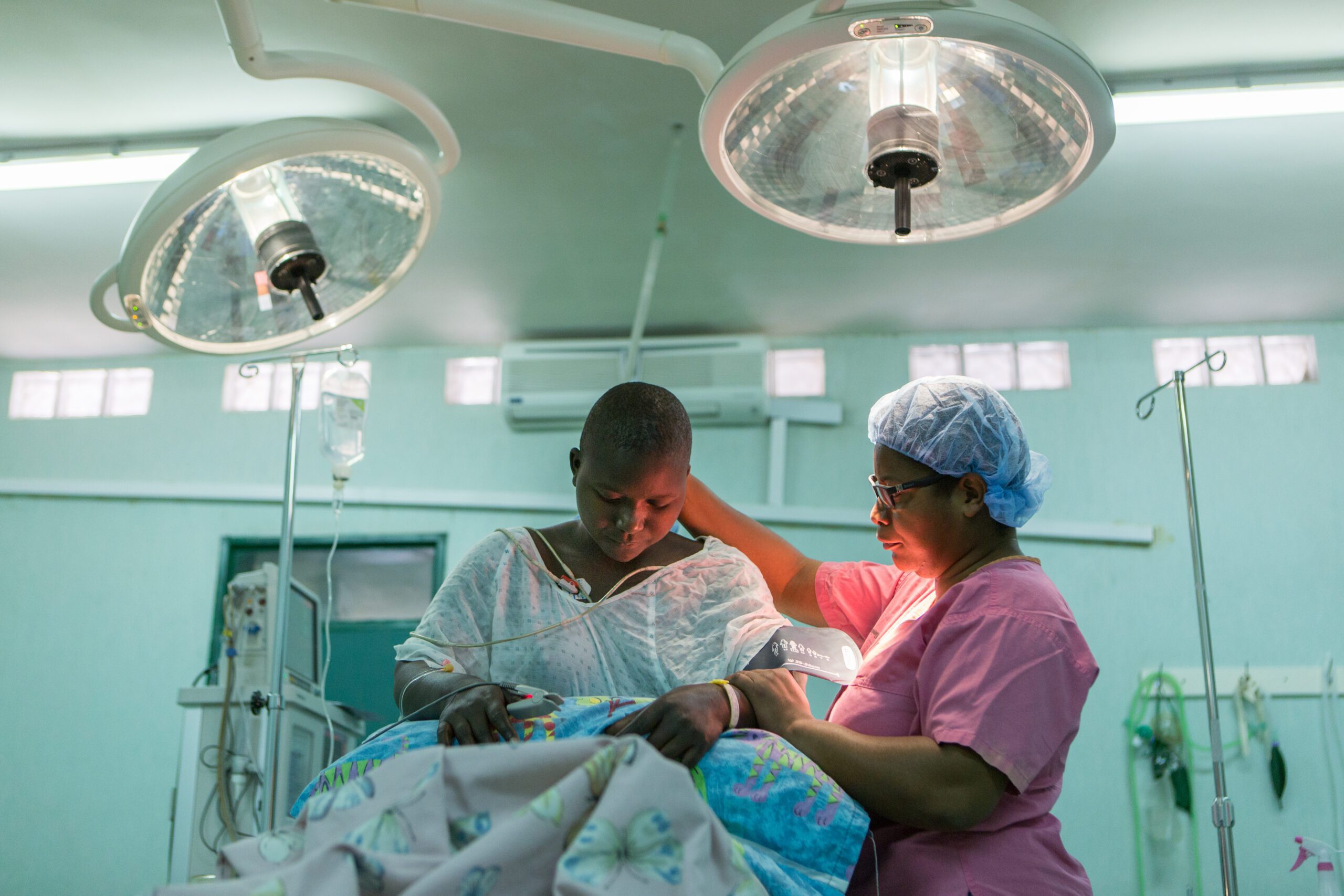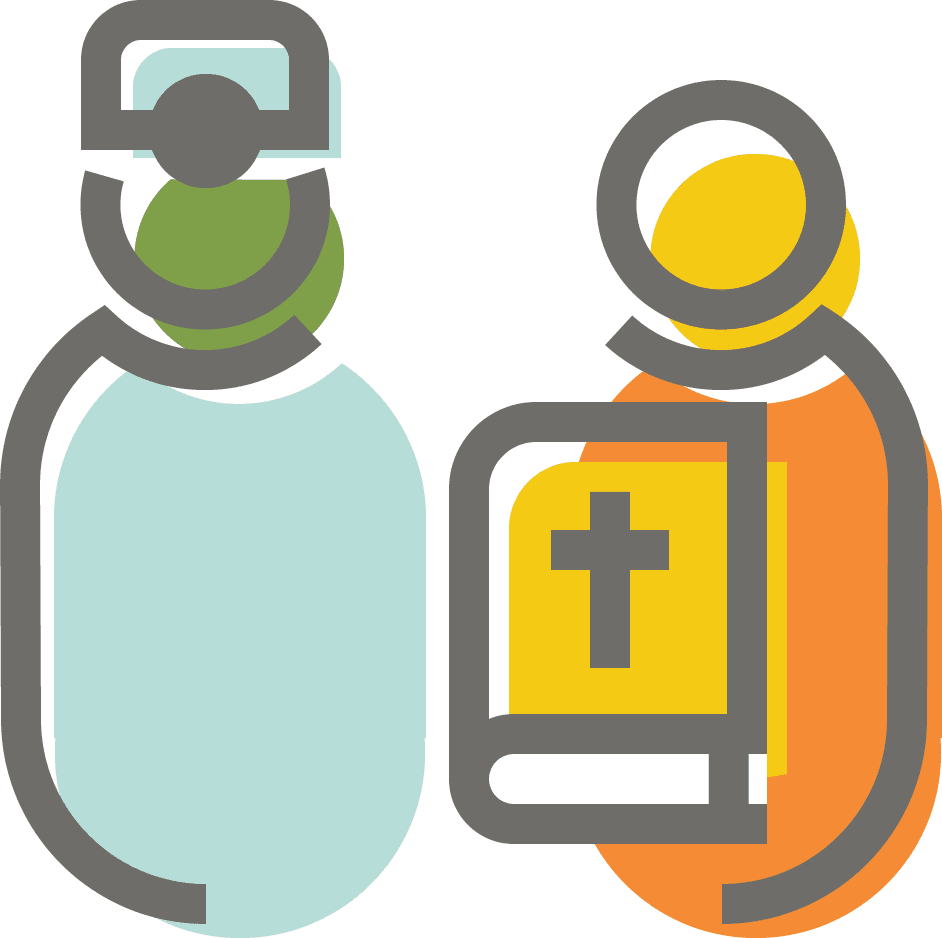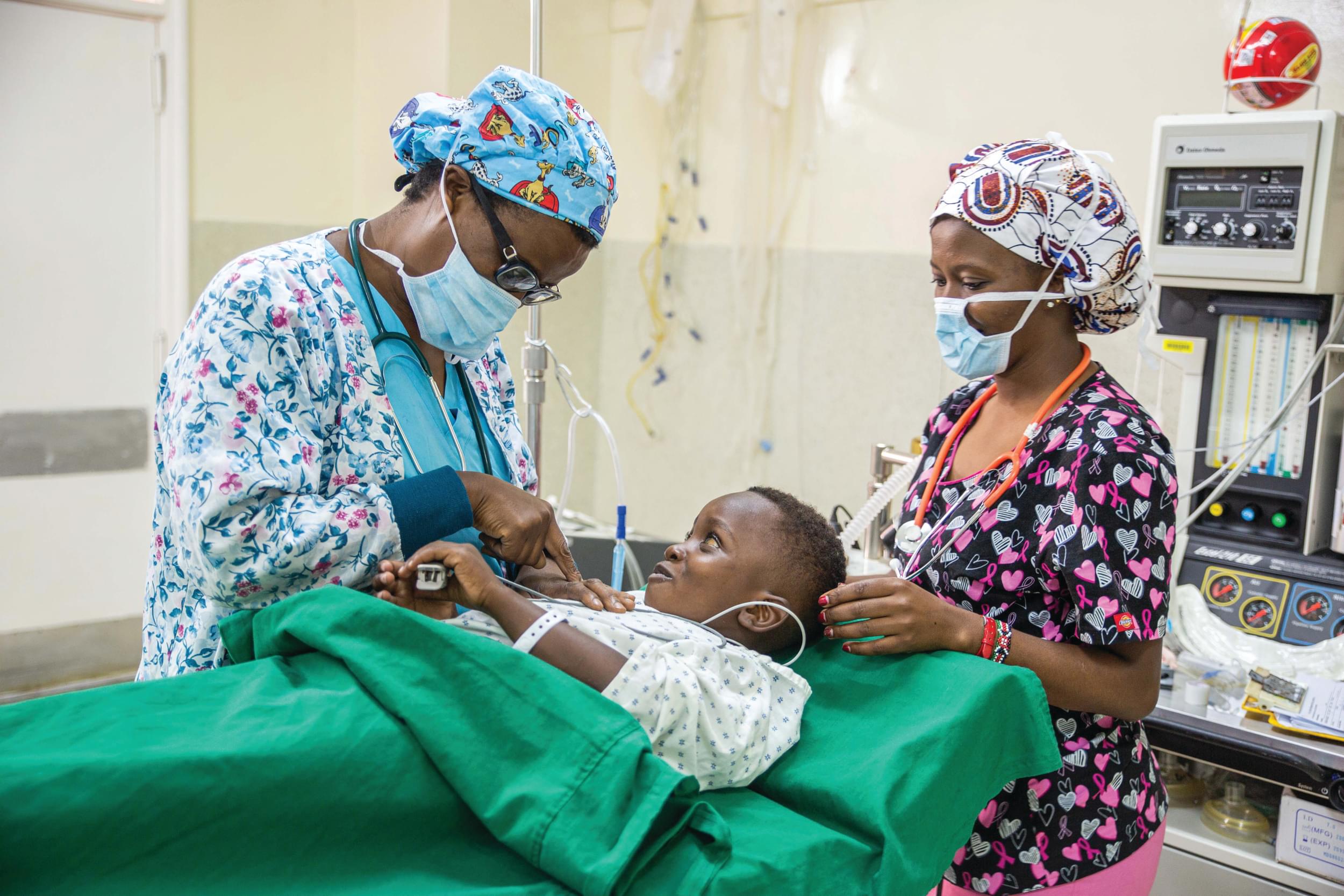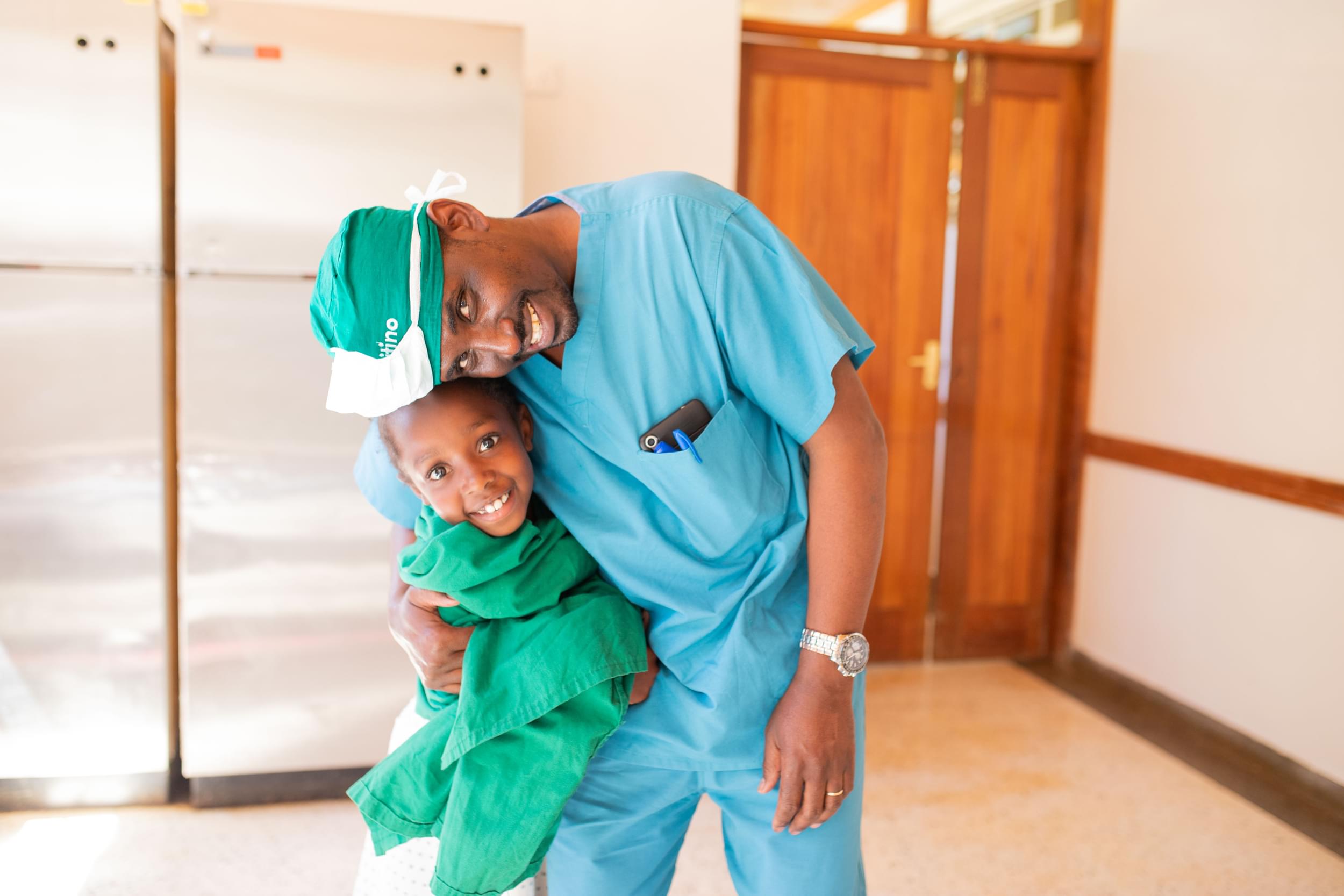Hip Dysplasia
Hip dysplasia in children is also termed DDH, or developmental dysplasia of the hip. It is a condition where the hip joint has failed to form properly. This results in the hip joint being partly or fully dislocated (out of joint).
Most people with hip dysplasia are born with it. If caught early enough–usually within six months after birth–it can be treated non-surgically. As children grow, treatment becomes more complicated and surgery necessary.
If the dislocated hip is left untreated, the child walks with a limp and the affected leg will be two inches shorter. In early adulthood, pain usually occurs, causing progressive disability. The condition will often manifest with both hips dislocated, causing considerable problems with walking and pain in later life.

What issues do children with hip dysplasia face?
Pain
If left untreated, hip dysplasia will often become progressively painful. When the hip(s) are dislocated, the child will limp.
Discrimination
Children with visible disabilities can be vulnerable to bullying and exclusion.
Limited Mobility

As children grow, the affected leg will be shorter. In early adulthood, walking will become more painful.
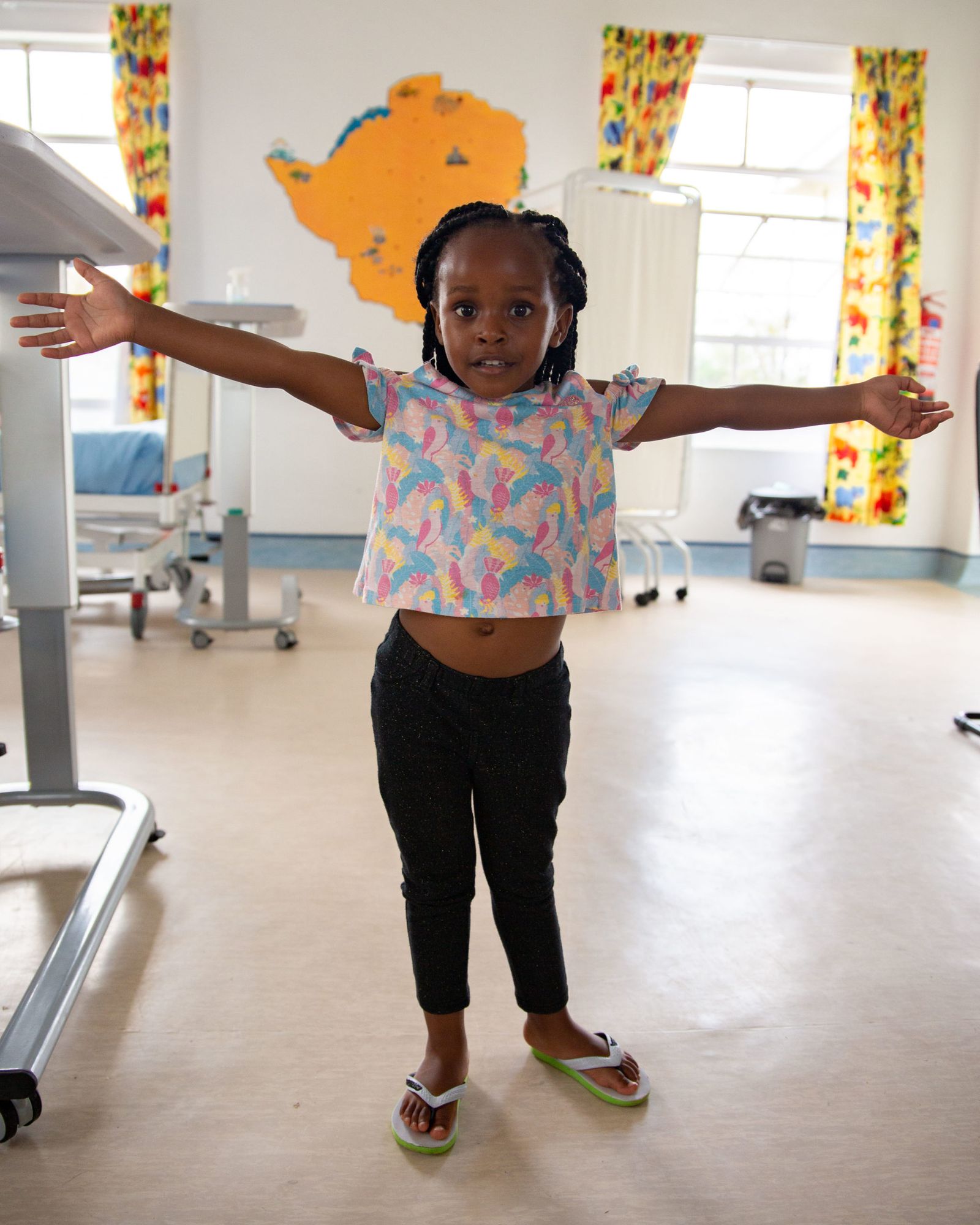
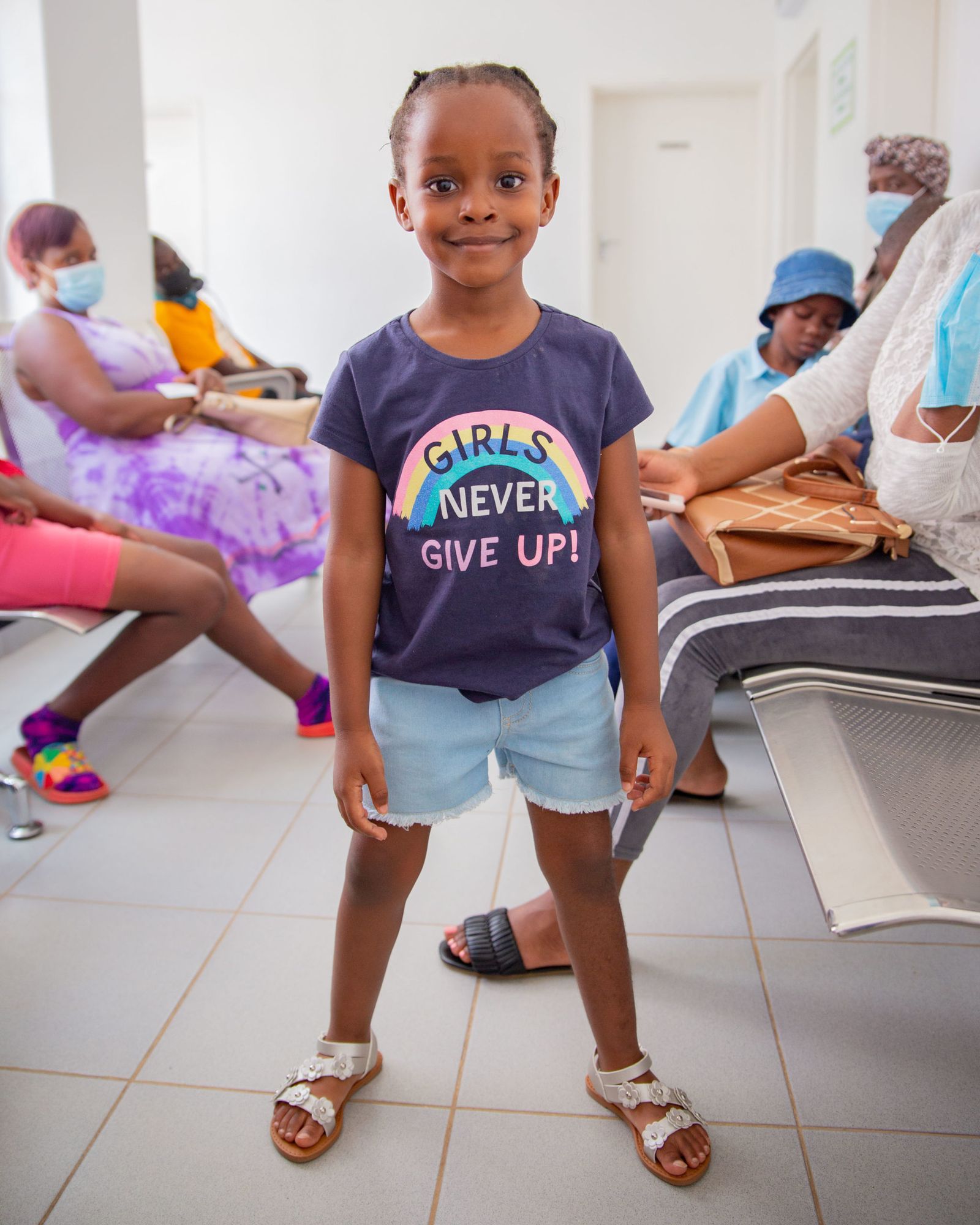
CUREkid Spotlight, Hip Dysplasia
Shawna | CURE Zimbabwe
Before Surgery
Her parents were glad to meet their perfect little girl when she was born. No one noticed that her left leg was shorter than her right. This was caused by developmental dysplasia of the hip (DDH) – a dislocated hip at birth. Only when Shawna was a year and a few months old did Tendai notice her legs weren’t the same length.
After Surgery
After months in a cast and dedicated physical therapy to relearn how to walk, Shawna is now confidently stepping into a bright future!

